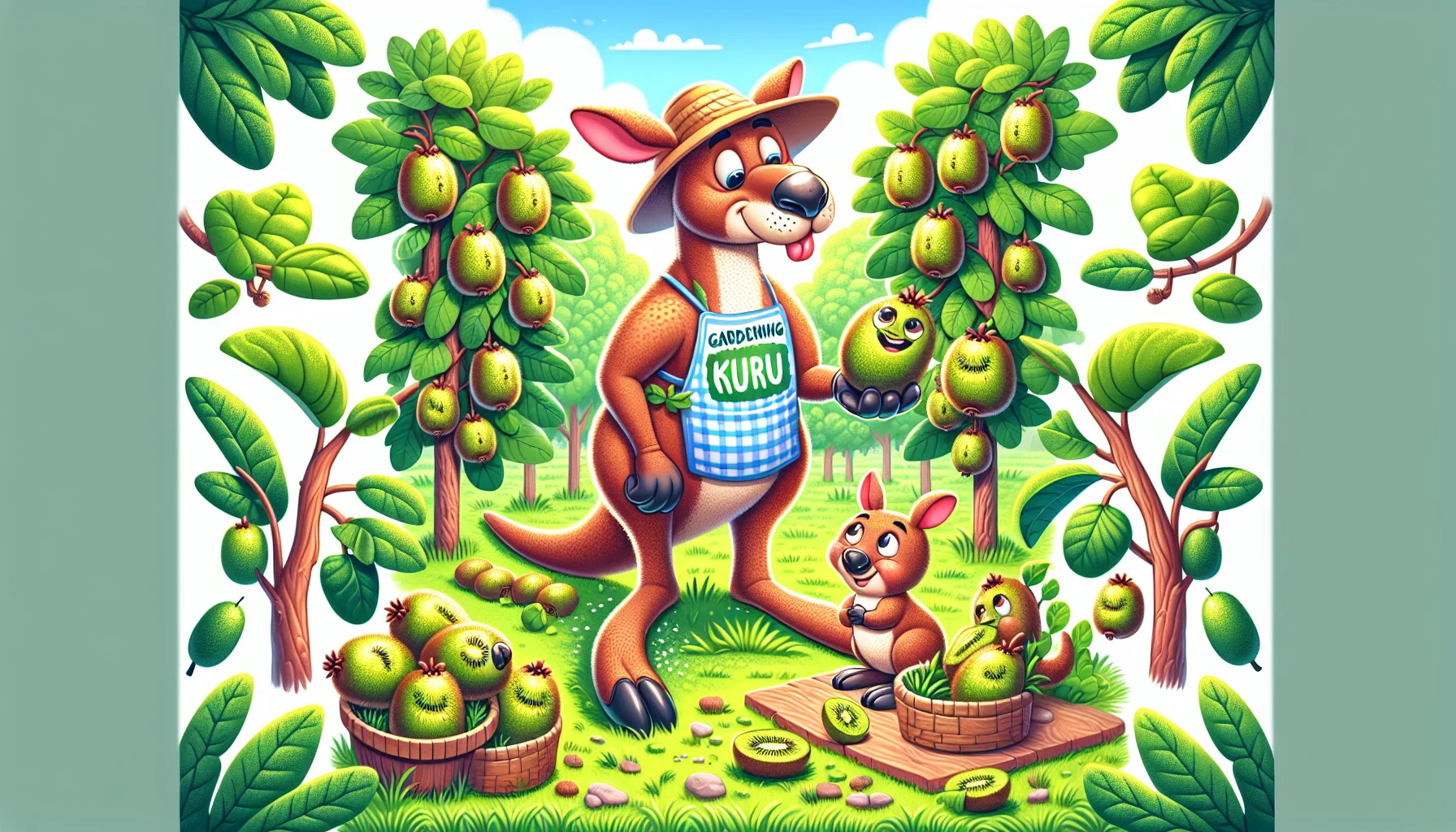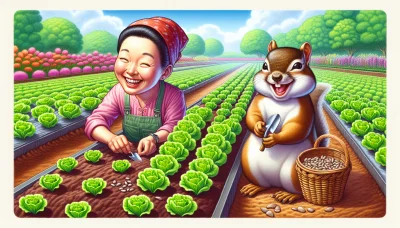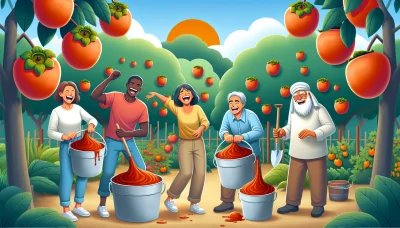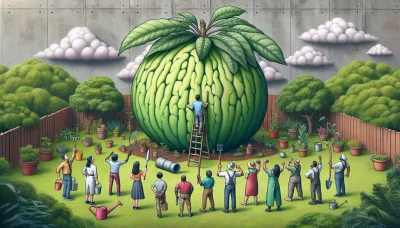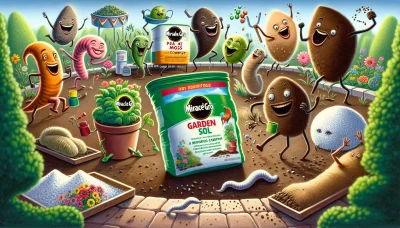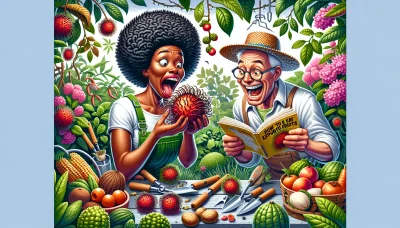How to ripen kiwi fruit Quiz
Test Your Knowledge
Question of
How to Ripen Kiwi Fruit: A Gardener's Guide
Kiwi fruit, with its vibrant green flesh and unique flavor, is a favorite among many gardening enthusiasts. However, knowing how to properly ripen kiwi fruit can make all the difference in enjoying its full taste and nutritional benefits. This guide is designed to help gardeners understand the ripening process, ensuring they can savor the perfect kiwi at just the right time.
Understanding Kiwi Fruit Ripening
Kiwi fruit ripening is a fascinating process that involves a variety of biochemical changes, primarily driven by the plant hormone ethylene. Ethylene is a key component in the ripening of many fruits, acting as a signaling molecule that triggers the softening of the fruit, the development of its characteristic flavor and aroma, and the change in its color. In kiwi fruits, as in many other climacteric fruits (those that continue to ripen after being picked), the production of ethylene increases significantly at the onset of ripening. This increase in ethylene accelerates the breakdown of cell wall components, leading to the fruit's softening. It also stimulates the conversion of starches into sugars, making the fruit sweeter, and affects the accumulation of various flavor compounds, enhancing the fruit's overall taste and aroma. Understanding the role of ethylene in kiwi fruit ripening can help in optimizing storage and ripening conditions to ensure the fruit reaches the consumer in the best possible condition.
Methods to Ripen Kiwi Fruit at Home
- Using a paper bag with apples or bananas: Place the kiwi fruit in a paper bag along with an apple or banana. These fruits release ethylene gas, which speeds up the ripening process.
- Storing them at room temperature: Simply leave the kiwi fruit on the counter at room temperature away from direct sunlight until they reach the desired ripeness.
- Using a rice or flour method: Bury the kiwi fruit in a container of rice or flour. The idea is that these mediums can help trap the ethylene gas around the kiwi, encouraging it to ripen quicker.
The Role of Temperature and Humidity in Kiwi Ripening
Kiwi fruit ripening is significantly influenced by two main environmental factors: temperature and humidity. Temperature plays a crucial role in the biochemical processes that lead to ripening. Typically, warmer temperatures accelerate the ripening process by enhancing the production of ethylene, a natural ripening hormone in fruits. Conversely, lower temperatures slow down these biochemical processes, thereby delaying ripening. Humidity also plays a vital role in the ripening of kiwi fruits. High humidity levels help maintain the fruit's moisture content, preventing dehydration and shriveling. However, too much humidity can lead to fungal growth, which may spoil the fruit. On the other hand, low humidity levels can increase water loss from the fruit, leading to weight loss and potentially affecting the fruit's quality and taste. Therefore, managing the right balance of temperature and humidity is essential for optimizing the ripening process, ensuring kiwi fruits develop their characteristic flavor and texture.
How to Tell When Kiwi Fruit is Ripe
- Softness to the touch
- Change in color
- Fragrance
Storing Ripe Kiwi Fruit
To extend the shelf life of ripe kiwi fruit and maintain its freshness, proper storage is essential. Once ripe, kiwi fruit should be stored in the refrigerator to slow down the ripening process. Place them in the crisper drawer away from other fruits to prevent them from ripening too quickly, as kiwi fruit is sensitive to ethylene gas produced by many other fruits. For best results, store kiwi fruit in an airtight container or a plastic bag with air holes to allow for some air circulation. This method helps to retain moisture and prevent the kiwi from drying out or becoming too mushy. By following these simple storage tips, you can enjoy your kiwi fruit for a longer period.
Common Mistakes to Avoid in Kiwi Fruit Ripening
- Exposing them to direct sunlight
- Storing unripe kiwi with ripe fruit
- Improper temperature settings
